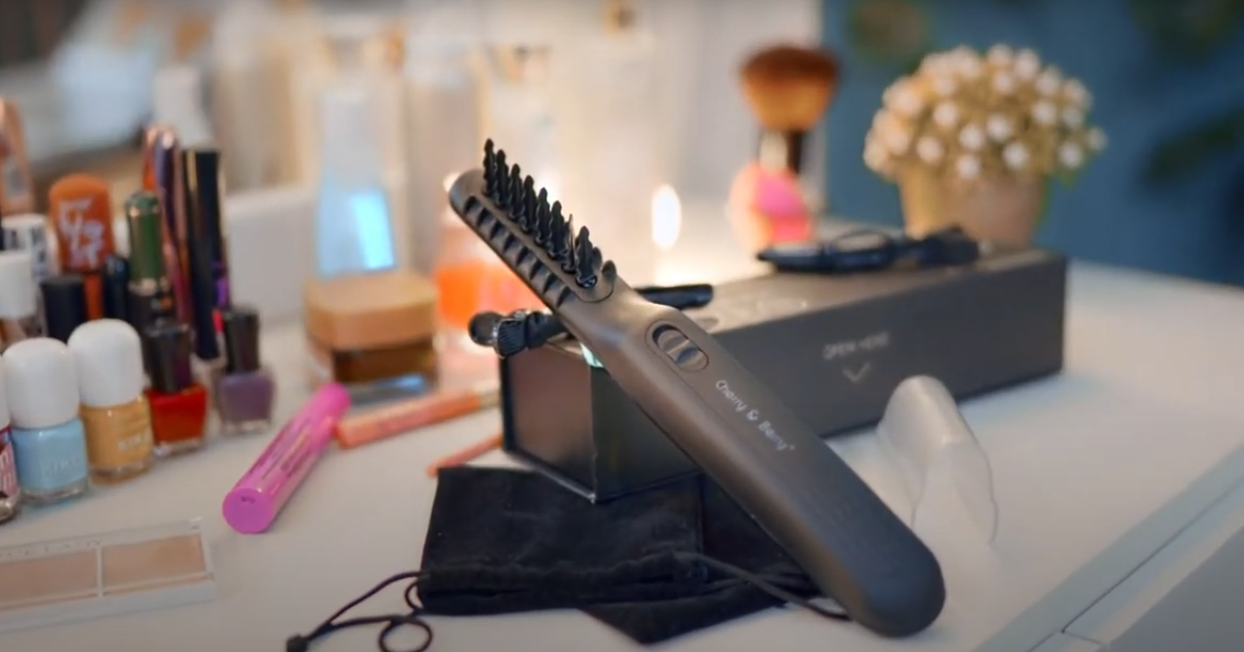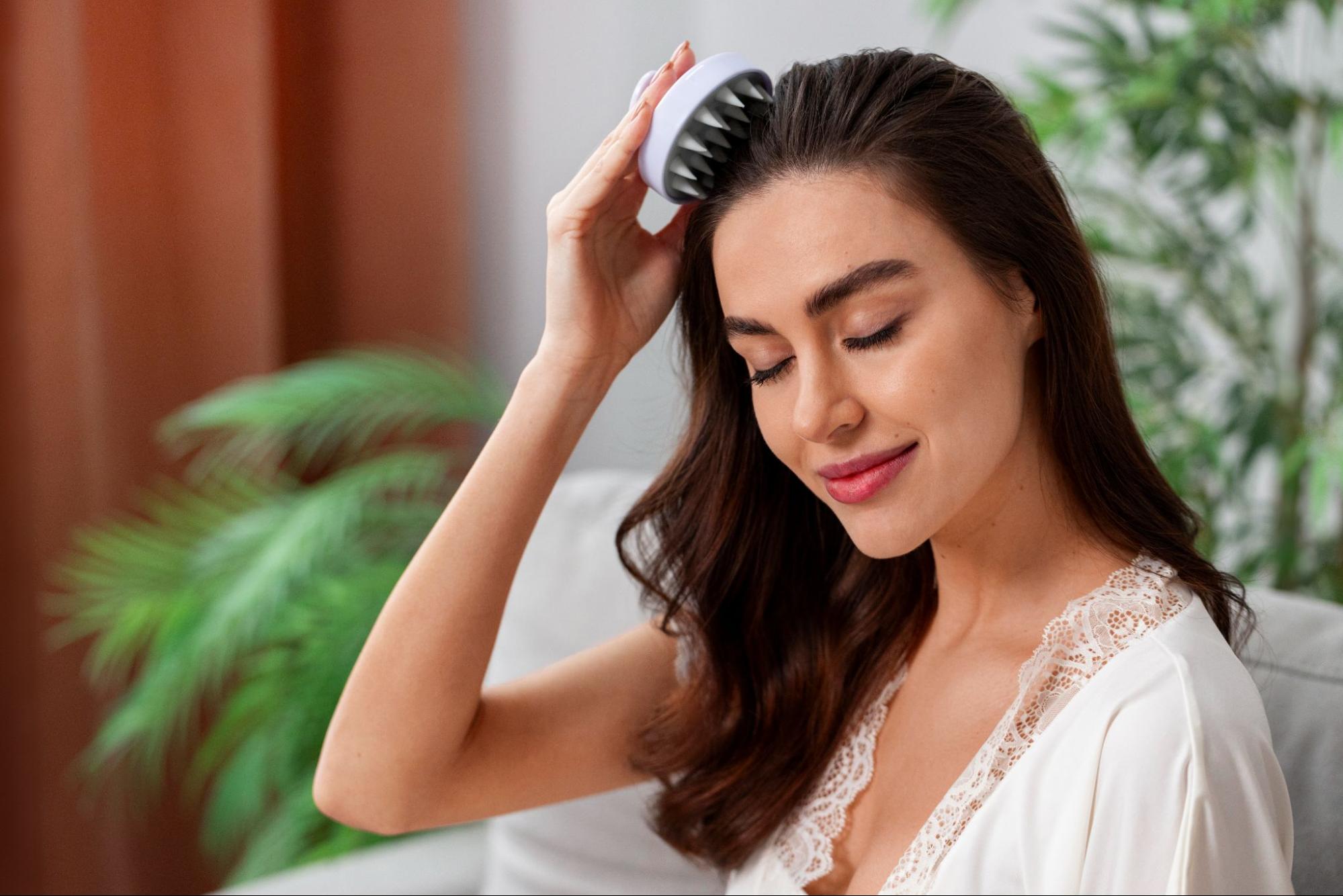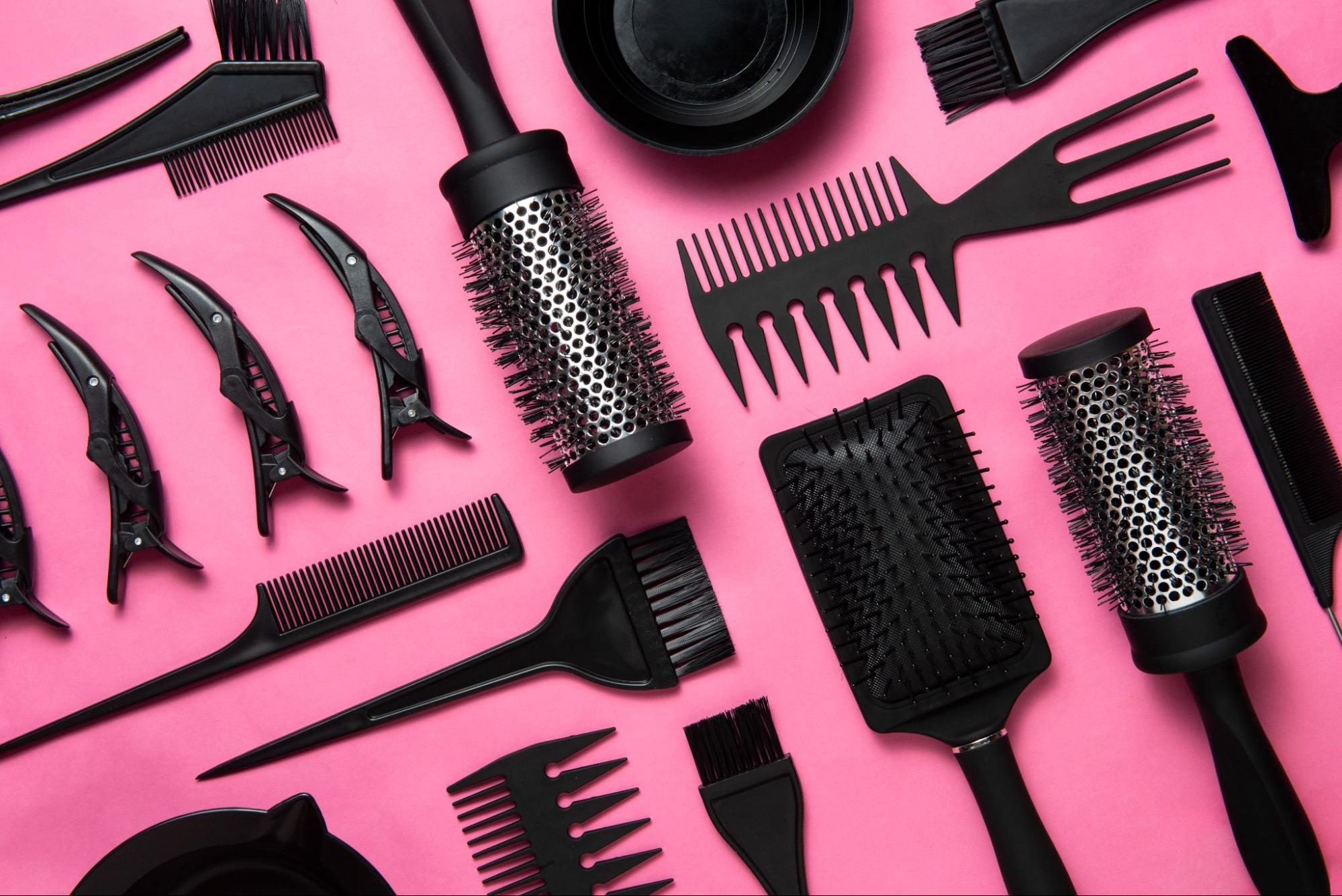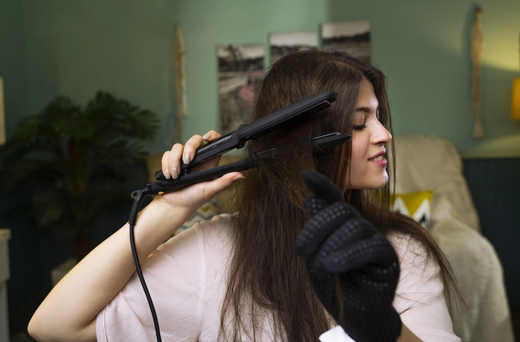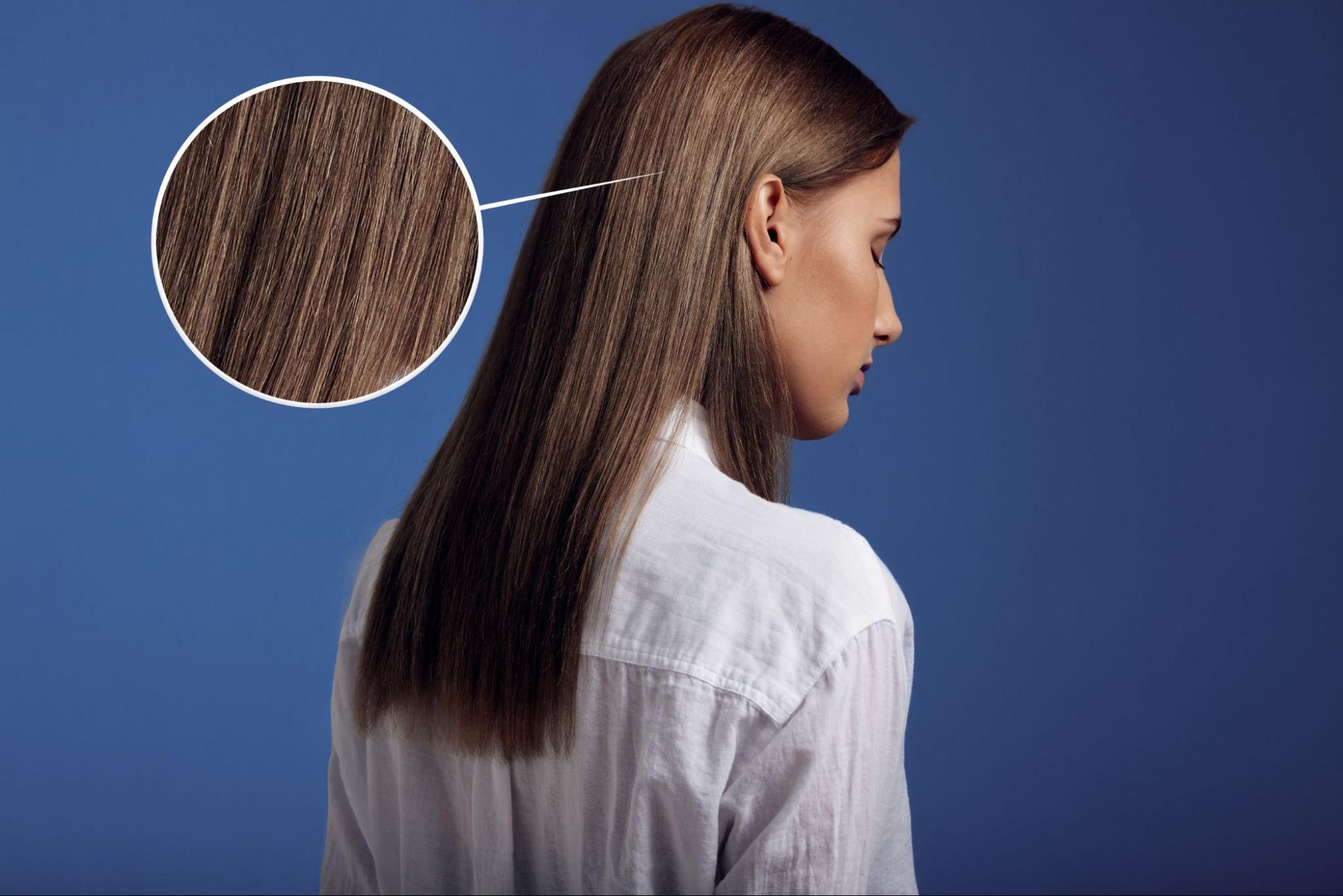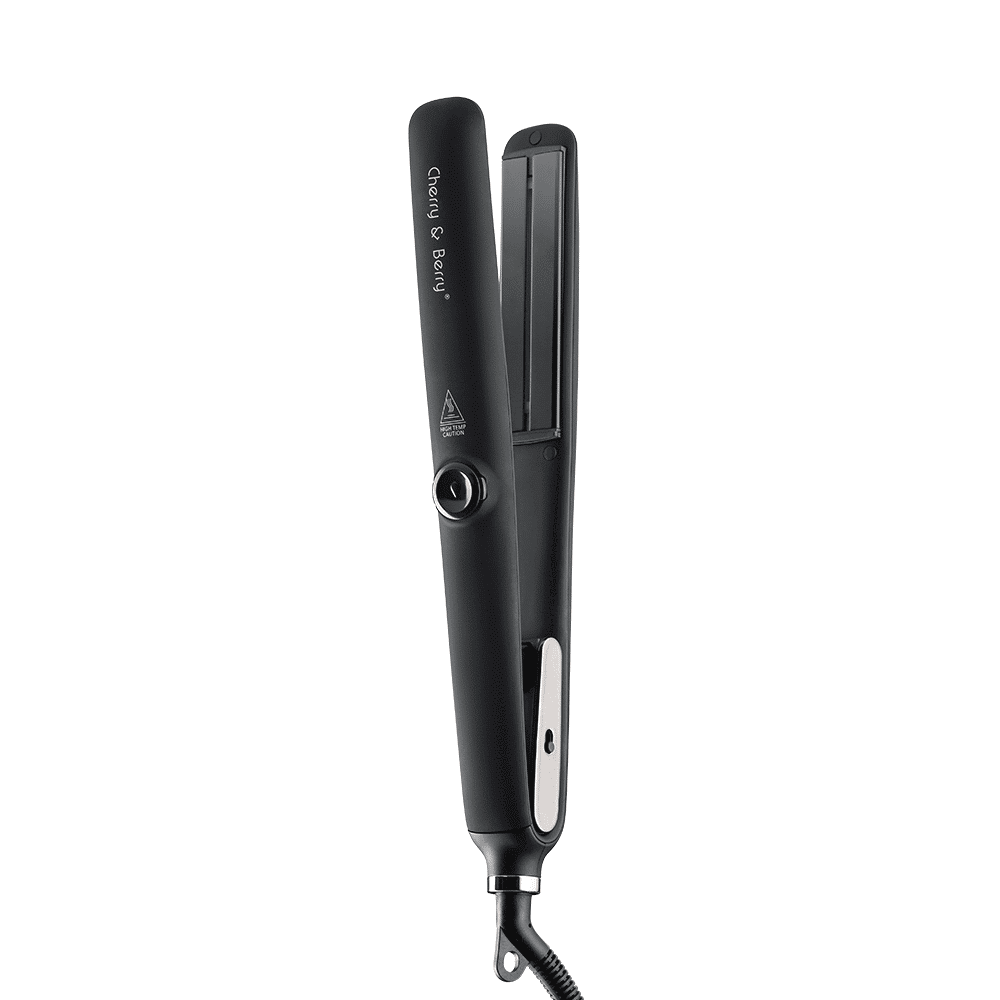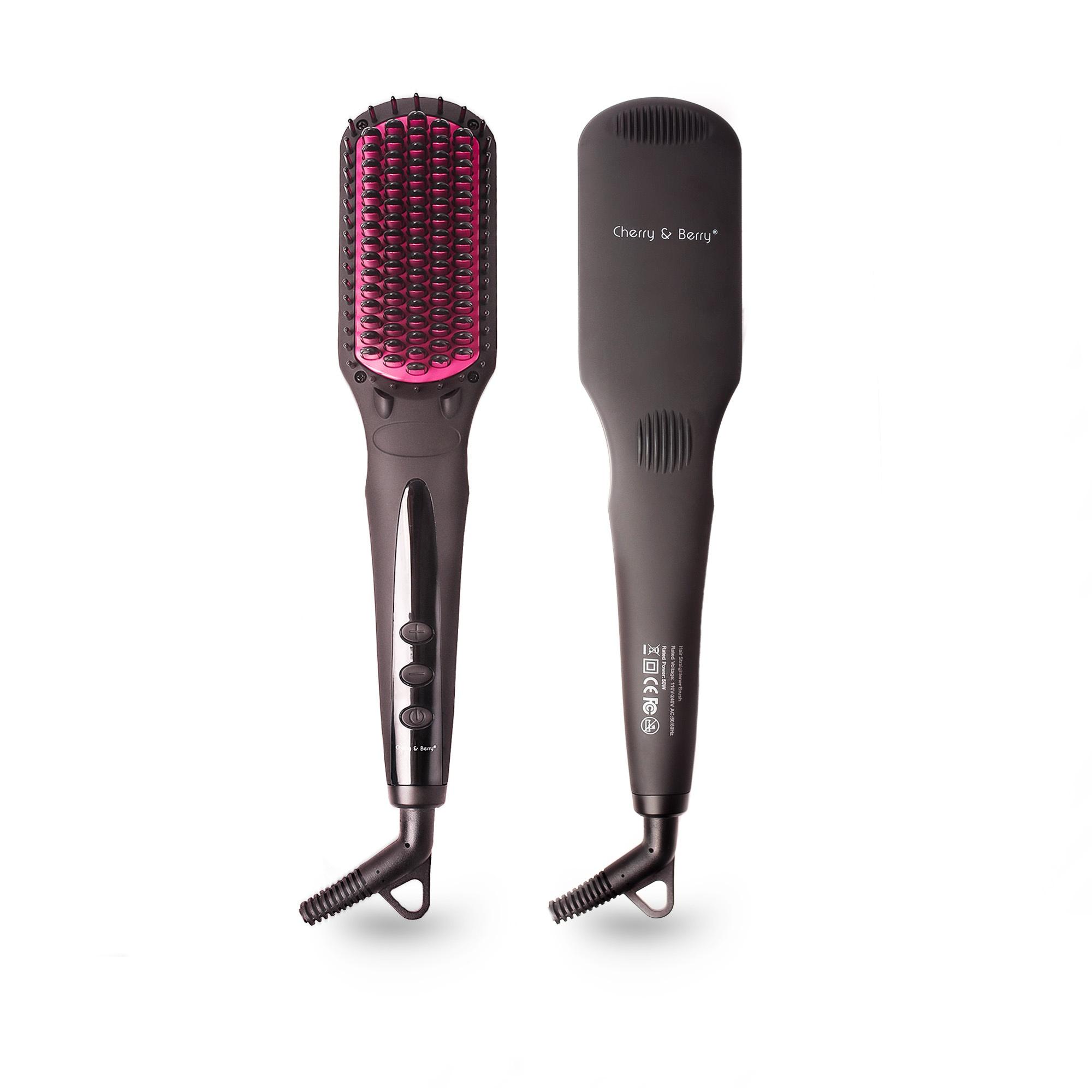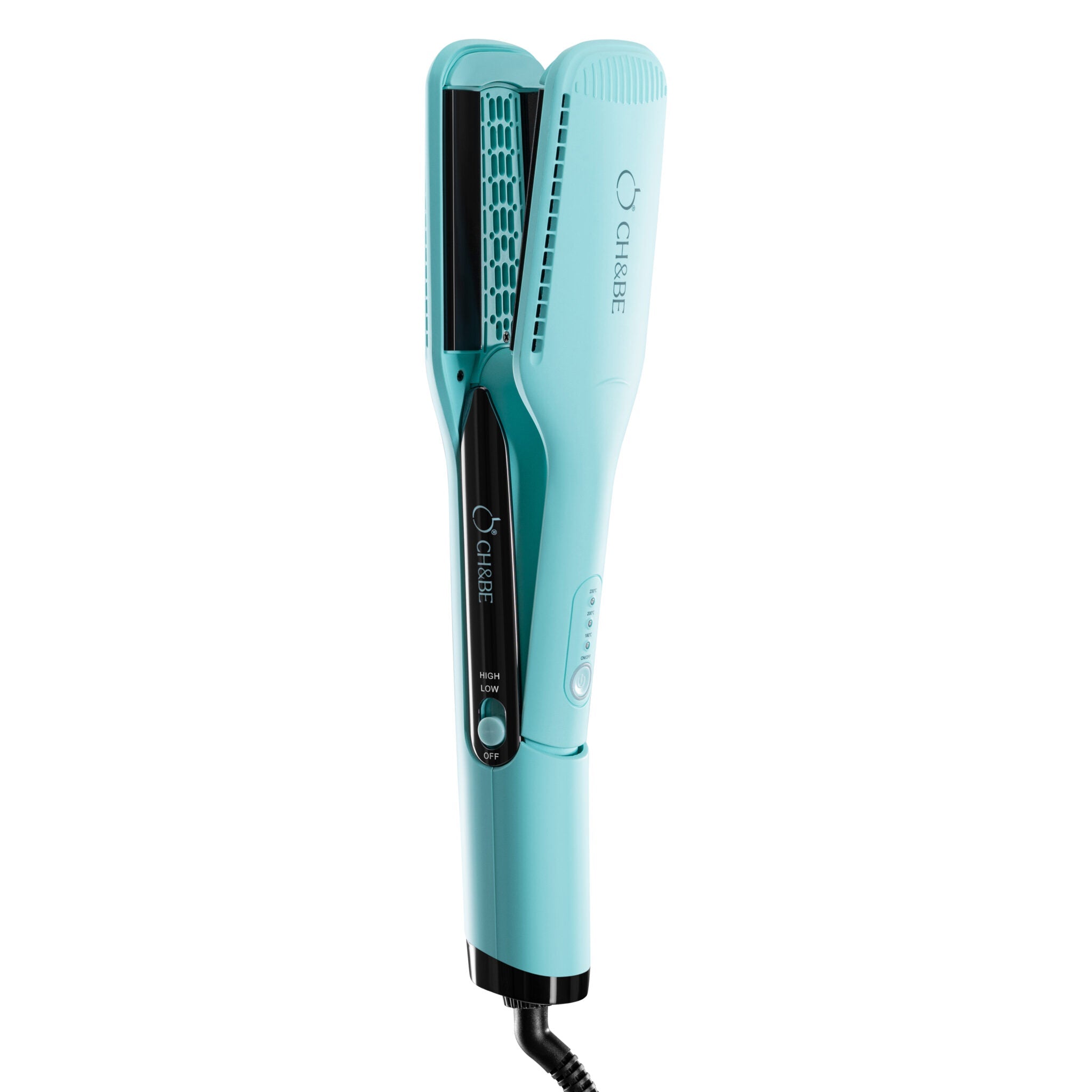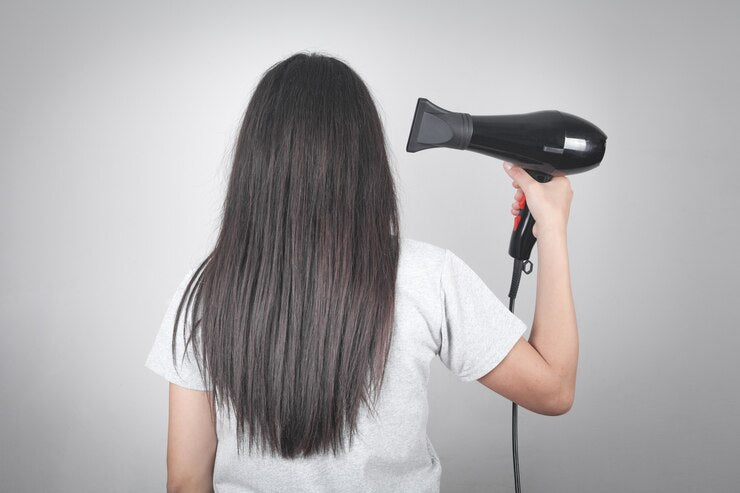
Hot Air Drying: How to Protect Your Hair From Damage
Hot Air Drying: How to Protect Your Hair From Damage
Hot air drying is one of the most popular and important hair drying methods, especially for thick and long hair. Although these tools are important to have in your hair drying and styling kit, knowing the harms of hot air drying can help you avoid practices that damage your hair. In this article, we discuss the harms of drying hair with hot tools, how to avoid them, and alternative methods to dry your hair safely and effectively.
How does hot air affect hair?
The tractor has a negative effect on the hair and its components; starting from the scalp, passing through the shape and color of the hair, in addition to its nutrition and moisture. Of course, the rate of damage or negative effect on the hair increases with the increase in the rates of use of thermal tools to dry the hair, especially if they are prepared at high temperatures. Here we follow the effect and damage of hot air on the hair, the most prominent of which are:
- Protein damage: High temperatures can cause hair proteins, which are the main part of its structure, to break and damage. This causes hair to become brittle and lose its strength and elasticity.
- Scalp irritation: Excessive heat can cause scalp irritation and an increase in the secretion of natural oils, leading to problems such as dandruff and itching.
- Dryness and breakage : Hot air strips the hair follicles of their natural moisture, causing them to dry out. This makes hair look dull and increases the likelihood of tangling and breakage.
- Loss of dye : If you use hair dyes, high heat can affect the hair dye and make the colors fade faster.
With such severe effects, it becomes necessary to follow preventive and alternative measures to reduce the damage caused by hot air drying and heat damage. The most important of these measures is to reduce the use of heat drying tools, use heat protection products, and rely on alternative drying methods such as cold air or natural drying.
Heat Protection Products: Why They Matter and How to Use Them

Heat protection products reduce the damage that can be caused to hair from exposure to high heat, and are used to protect hair from damage caused by heat styling tools such as hair dryers, flat irons, and curling irons.
How do heat protection products help reduce blow drying damage?
These products provide you with a lining and insulator that protects your hair and scalp from damage caused by exposure to the heat of various drying and styling tools, as they help protect your hair from damage and maintain its moisture and shine.
How to use heat protection products
- Choose the right product: You should choose a product that suits your hair type and condition. There are products designed for dry, oily, dyed hair, as well as for curly and smooth hair.
- Use on wet or dry hair : The application method depends on the type of product. Some can be used on wet hair before drying, and others can be used on dry hair before heat styling.
- Distribute evenly on hair : Use an appropriate amount of the product and distribute it evenly on the hair from roots to ends.
After applying the product to your hair, you can use heat tools to style your hair. Make sure to set the heat at a low temperature to avoid damage.
Heat protection products come in a variety of forms, including spray, serum, cream, conditioner, or foam. Make sure you get the right product for your hair type and texture by checking the ingredients and using the product. It’s also important to nourish your hair by choosing ingredients rich in vitamins and nourishing oils. And alcohol-free products to enjoy healthy, shiny hair.
Healthy Alternatives to Blow Drying

If you are looking for alternatives to heat drying to provide maximum protection for your hair, there are certainly some alternative methods and techniques to protect against the damage caused by heat drying, with proven effectiveness.
- Dry hair with a soft (cotton) towel: It is one of the famous methods that helps you keep your hair from frizz and breakage. Press lightly on your hair to squeeze it and get rid of the moisture, and avoid rubbing and friction. It is preferable to use a cotton or microfiber towel for ideal results.
- Drying hair with cold air: If you need to use a blow dryer, use it on the cool air setting. Cool air technology provides less damaging drying than high heat. Set the dryer to the lowest heat setting and keep it at a suitable distance from the hair.
- Air dry hair: After squeezing your hair, section it and expose it to natural air, making sure that all parts of the hair are exposed to air by moving it. Avoid exposing it to direct sunlight and strong winds. For more information, browse The Complete Guide to Drying Hair
Thus, we have reviewed the harms of drying hair with thermal dryers, and how to overcome these harms, while presenting alternative natural methods that provide your hair with healthy and ideal drying. By following these instructions and tips, you can maintain the beauty and health of your hair despite the frequent use of thermal tools.

